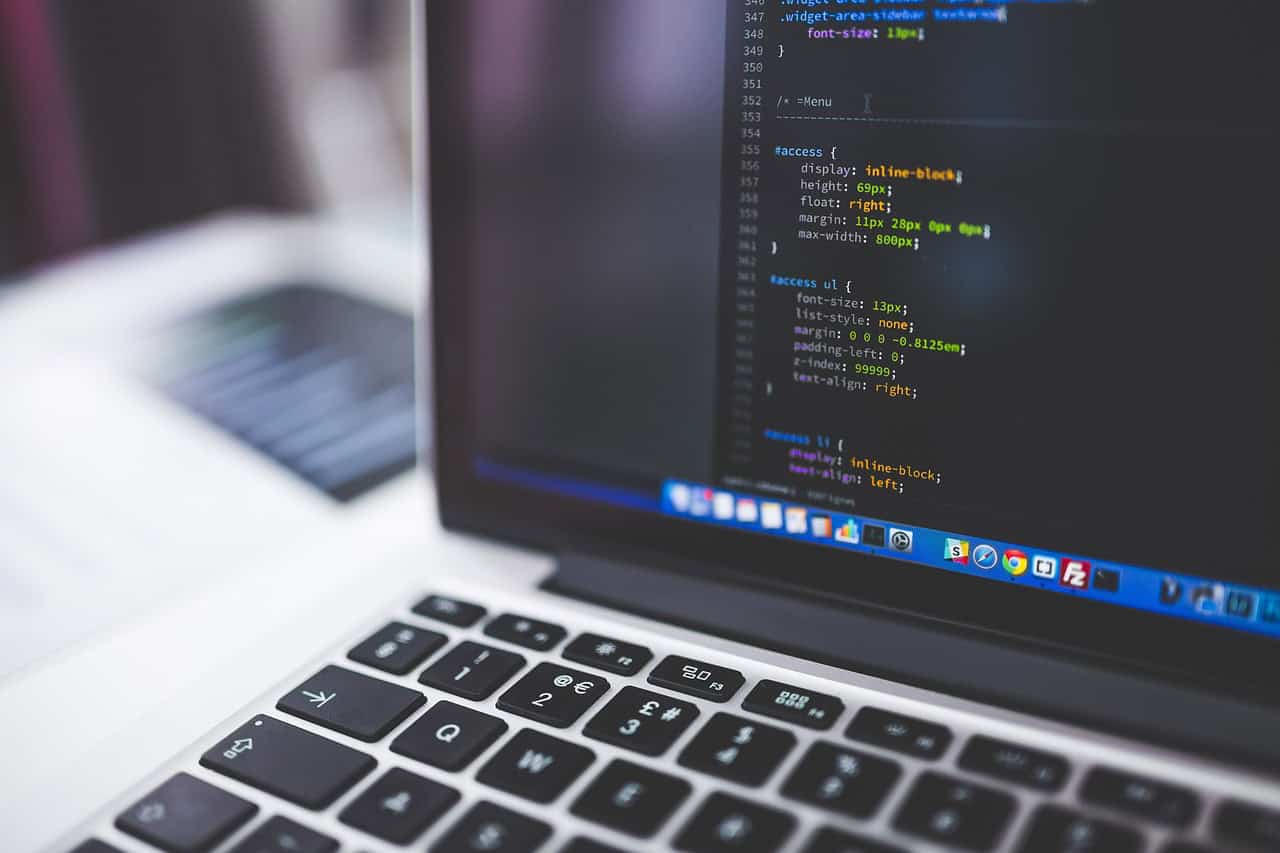Exploring CircuitPython: The Future of Microcontroller Programming in Python
Estimated Reading Time: 6 minutes
- Beginner-friendly programming designed for hardware interaction.
- Robust library support facilitates intuitive learning.
- Interactive REPL enhances coding efficiency.
- Open-source and community-driven for continuous improvement.
Table of Contents
What is CircuitPython?
Key Features of CircuitPython
Development and Compatibility
Educational Focus and Real-World Applications
Practical Takeaways
Conclusion
Call to Action
FAQ
What is CircuitPython?
Key Features of CircuitPython
Development and Compatibility
Educational Focus and Real-World Applications
Practical Takeaways
Conclusion
Call to Action
FAQ
What is CircuitPython?
CircuitPython is an open-source derivative of MicroPython, developed and supported by Adafruit Industries. Aimed primarily at beginners and students, it simplifies programming and experimentation on microcontrollers, providing an interactive environment where users can learn and develop easily. You can find more about CircuitPython on CircuitPython’s official website or Adafruit’s learning guide.
Designed to empower hobbyists, educators, and makers, CircuitPython stands as a testament to the commitment to democratizing technology through well-structured and accessible programming languages.
Key Features of CircuitPython
1. Microcontroller Support
CircuitPython is built to be compatible with a wide array of modern microcontrollers, from the widely known Adafruit boards to less common options. This support allows users to directly access and control hardware components, making CircuitPython a versatile tool for various projects. For a comprehensive list of compatible microcontrollers, visit the CircuitPython compatibility list.
2. Interactive REPL
The interactive Read-Eval-Print Loop (REPL) included in CircuitPython offers immediate command execution. This feature is perfect for testing and debugging code on the fly, allowing users to explore programming concepts without needing to reload their entire script. This makes it a great tool for both learning and experimenting.
3. Extensive Library Support
CircuitPython provides a collection of core libraries, combined with modules specifically designed for beginners. These libraries facilitate seamless interaction with hardware components, helping users execute complex tasks without needing a deep understanding of low-level programming. For detailed information about the available libraries, check out the CircuitPython libraries guide.
4. File Handling
Managing files in CircuitPython is straightforward. Key files include:
- `boot.py`: Initializes hardware configurations upon startup.
- `code.py` (or `main.py`): The main script that runs after each reload.
- `repl.py`: Executed before entering the REPL prompt, if present.
This structure simplifies coding and ensures users have a clear understanding of how their scripts will execute.
Development and Compatibility
Origins and Development
CircuitPython is a branch of MicroPython, originally created by Damien George. It embraces the philosophy of Python, making programming both accessible and enjoyable. As an open-source project, it thrives on community contributions and regular updates, available on GitHub.
CPython Compatibility
While CircuitPython aims for compatibility with CPython (the standard Python implementation), it’s essential to understand that code written for CircuitPython may require modifications to run unaltered on other platforms like Raspberry Pi. Understanding this nuance ensures smoother coding transitions for developers working across different Python environments.
Educational Focus and Real-World Applications
CircuitPython shines as an educational tool, making it especially beneficial for teaching programming fundamentals and hardware interaction. Its user-friendly approach allows students to grasp complex concepts simply and effectively.
Use Cases
- Microcontroller Projects: From simple LED lighting circuits to advanced robotics and Internet of Things (IoT) applications, CircuitPython supports a plethora of projects.
- Education: Ideal for classroom settings, CircuitPython can engage students and foster problem-solving skills.
Practical Takeaways
- Getting Started: If you’re interested in beginning your CircuitPython journey, a good first project is to create a simple LED blink program. With minimal setup, you can explore microcontroller capabilities while cementing your Python knowledge.
- Community Engagement: Don’t hesitate to engage with the talented CircuitPython community. Whether through forums, GitHub, or social media, collaboration and networking with fellow learners can enhance your development skills.
Conclusion
CircuitPython uniquely blends ease of use with powerful hardware control, making it indispensable for beginners and experienced developers alike. Its open-source nature and robust community support ensure that it will continue to flourish alongside technological advancements. Whether you’re teaching students the principles of programming or launching a microcontroller project, CircuitPython serves as a valuable resource that embodies Python’s commitment to accessibility.
Call to Action
If you’re eager to learn more about programming in Python or CircuitPython, explore our additional articles on Python best practices, project tutorials, and more!
*Disclaimer: This article is for informational purposes only. Always consult a qualified professional before acting on any advice given in this post.*
FAQ
What is CircuitPython used for?
CircuitPython is primarily used for programming microcontrollers in an accessible way to create various electronic projects.
CircuitPython is primarily used for programming microcontrollers in an accessible way to create various electronic projects.
Is CircuitPython suitable for beginners?
Yes, CircuitPython is designed with beginners in mind, making it easier to learn programming and electronics.
Yes, CircuitPython is designed with beginners in mind, making it easier to learn programming and electronics.
How can I get started with CircuitPython?
Start by selecting a compatible microcontroller and follow introductory tutorials available on the official Adafruit Learning System.
Start by selecting a compatible microcontroller and follow introductory tutorials available on the official Adafruit Learning System.
